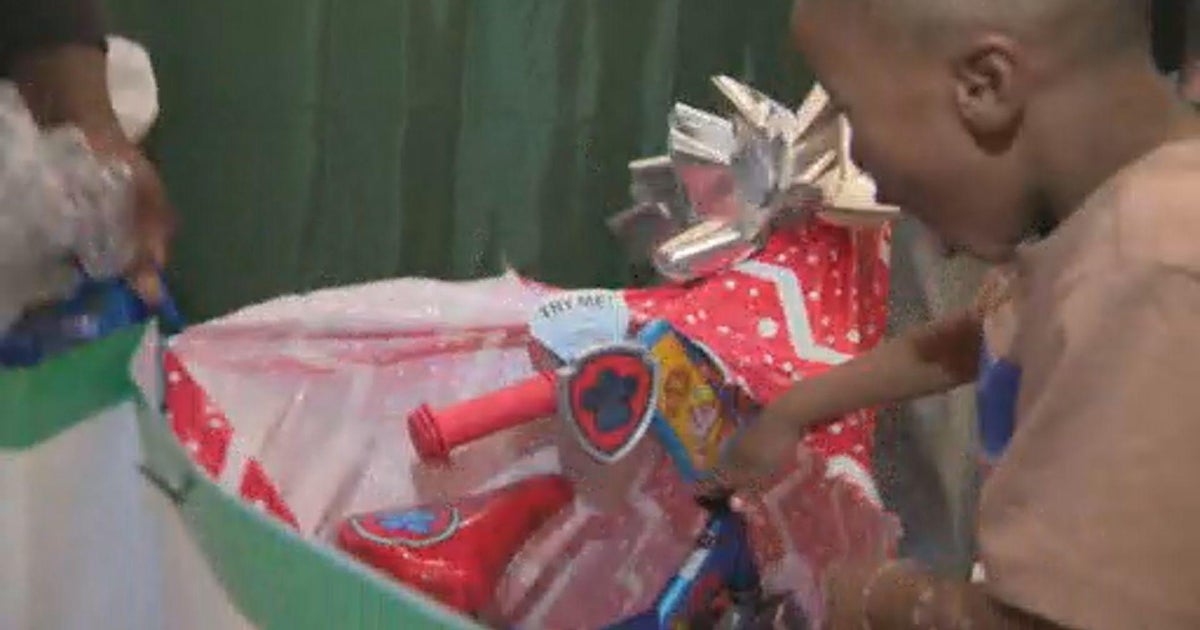Scientists Look To Save Coral Collected Near Key West From Waterborne Disease
GULF OF MEXICO (CBS) - A devastating and mysterious underwater disease is sweeping down the coast of Florida.
Scientists do not know exactly what this disease is, but it has already infected about half of the coral species in the region.
In the remote Dry Tortugas National Park, located in the Gulf of Mexico, a team of scientists is racing against time to save the coral.
"This disease event is unprecedented… because of the speed with which the disease attacks and kills about half the coral species on Florida's reefs," said National Parks Fisheries Biologist Meghan Johnson. Unprecedented, because the pandemic has lasted five years, so far, when most reef infections last just a year or so. And unprecedented because marine scientists say the coral is already threatened by warming ocean temperatures -- and so is more vulnerable to whatever this mystery disease is.
Scientists know that it's an infectious waterborne disease that's traveling "at a pretty fast rate," Johnson said. But they don't know how it started or where it came from.
The disease was first discovered off Miami in 2014, and has been on a relentless, lethal march north and south ever since. In just five years, the disease has traveled 350 miles from north of Palm Beach to Key West. And it's still moving.
But it hasn't hit the relatively pristine waters of the Dry Tortugas yet -- so a bold rescue effort is underway. Scientists from NOAA, Florida Wildlife and the University of Miami have begun to do what is normally the worst thing you can do on a reef: They've been chipping off healthy, living coral before the disease gets to it.
They've been storing the coral in vats, which they call "coral condos," so that if or when the disease passes, the coral can be replanted -- and hopefully, the reef system can be restored.
"These will serve as the brood population to then make more babies," said Stephanie Schopmeyer of the Florida Fish & Wildlife Commission, adding "But, you know, even to do this process, we're looking at, you know, another two to five years… It's a long journey."
The journey's next stop is the University of Miami, and then other facilities across the South to wait.
"So we just had the warmest month on record here in Miami, Florida," said Dr. Andrew Baker of the University of Miami. "Not just air temperatures, but water temperatures as well. And that was June, 2019… So the fact that we're breaking records in June is really, you know, alarming."
Unless -- and until -- the disease stops killing the coral, there's no point trying to replant. And nobody can say when -- or even if -- that day might come.



